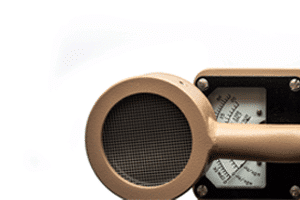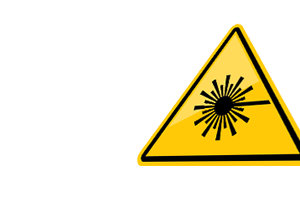This course provides learners with an understanding of pathogen transmission in healthcare settings, current scientifically accepted infection prevention principles, and prevention strategies that minimize pathogen transmission among patients and healthcare personnel. It covers the major types of healthcare-associated infections, other pathogens of concern, and communicable diseases.
Course Preview:
Language Availability: English
Suggested Audiences: Clinical Investigators, Faculty, Healthcare Personnel, Nurses, Physicians, Researchers, Residents, Staff, Students, Technicians
Organizational Subscription Price: $675 per year/per site for government and non-profit organizations; $750 per year/per site for for-profit organizations
Independent Learner Price: $99 per person





